Along America's only live coral barrier reef, the Florida Keys provide world-class snorkelling. Protected by the Florida Keys National Marine Sanctuary, this 125-mile habitat draws thousands of tourists each year to study its vivid coral formations and varied aquatic life. The Keys' popularity results from their biodiversity, usually clean, warm waters (particularly during spring and summer), variety of locations fit for all skill levels, and simple access through several tour operators. Every location, from Key Largo to Key West, presents special aquatic adventures worth exploring.
Florida Keys Snorkeling Spots at a Glance
| Region | Specific Location | Accessibility | Typical Water Depth | Notable Marine Life/Features | Best For |
| Key Largo | John Pennekamp Coral Reef State Park | Boat & Shore | Shallow to Moderate | Christ of the Abyss, diverse coral, abundant fish, sea turtles | Beginners, Families |
| Islamorada | Alligator Reef Lighthouse | Boat | Shallow to Moderate | Clear water, abundant fish, barracuda, purple sea fans | Abundant Marine Life |
| Marathon | Sombrero Reef | Boat | Shallow to Moderate | Spur-and-groove formations, vibrant coral, and diverse fish | Experienced Snorkelers, Families |
| Marathon | Coffins Patch | Boat | Shallow | Colorful corals, sea fans, nurse sharks, moray eels | Beginners, Families |
| Big Pine Key/Lower Keys | Looe Key Reef | Boat | Shallow to Moderate | Elkhorn coral, diverse fish, reef sharks, and larger pelagics | Abundant Marine Life |
| Big Pine Key/Lower Keys | Bahia Honda State Park (near the bridge) | Shore | Shallow | Various fish, soft corals, nurse sharks, and lobsters | Shore Snorkeling, Beginners |
| Key West/Dry Tortugas | Dry Tortugas National Park (Fort Jefferson) | Boat | Shallow | Abundant and larger marine life, a historical fort setting | Abundant Marine Life, Unique Experiences |
| Key West | Higgs Beach | Shore | Shallow | Small fish, crabs, seagrass inhabitants, and occasional rays | Shore Snorkeling, Beginners |
| Key West | Fort Zachary Taylor Historic State Park | Shore | Shallow | Small coral formations, schools of fish | Shore Snorkeling |
The Four Main Snorkeling Regions of the Florida Keys
For snorkeling purposes, the Florida Keys can be divided into four main regions:
- Upper Keys: Closest to the mainland, primarily featuring Key Largo - often considered the starting point for Florida Keys adventures.
- Middle Keys: Includes Islamorada (the "Sportfishing Capital of the World"), Marathon, and Duck Key - known for diverse snorkeling opportunities across both patch reefs and the main barrier reef.
- Lower Keys: Features Big Pine Key and Bahia Honda Key, offering a mix of accessible shore snorkeling and offshore reef experiences.
- Key West and Dry Tortugas: The southernmost region, where Key West serves as both a snorkeling destination and the gateway to Dry Tortugas National Park, located 70 miles further west.
These geographic divisions help visitors plan their trips efficiently. Each region has distinctive underwater features and marine life communities that create unique snorkeling experiences.

Top Snorkeling Spots in Each Florida Keys Region
Key Largo: Perfect for Beginners
Key Largo offers excellent conditions for first-time snorkelers. The main attraction here is John Pennekamp Coral Reef State Park, America's first underwater park, which protects about 70 nautical miles of coral reefs. While you can snorkel from shore at Cannon Beach (where you might spot artifacts from a 1715 Spanish shipwreck), the best spots require a short boat ride.
Popular snorkeling destinations include the Christ of the Abyss statue, an underwater bronze sculpture that's a favorite photo spot. Nearby reefs worth visiting include:
- Molasses Reef: Known for vibrant coral and abundant fish (10-30 feet deep)
- Grecian Rocks: A shallow reef with colorful coral gardens
- Dry Rocks: Popular and accessible by boat
The waters around Key Largo host diverse coral species like Brain Coral and Staghorn Coral, plus numerous fish, sea turtles, and occasionally manatees and dolphins in seagrass areas. Most sites are easily accessed through guided tours departing from the park.
Islamorada: Diverse Underwater Landscapes
In Islamorada, the highlight for snorkelers is Alligator Reef Lighthouse. The crystal-clear waters surrounding this historic structure teem with marine life - over 500 fish species have been documented here. The reef is named after the USS Alligator, which sank nearby in the 19th century, with ballast stones still visible.
Around the lighthouse, you'll find shallow 8-foot depths and a nearby canyon reaching 20 feet deep. Expect to see schools of Gray Snappers, barracuda, and purple sea fans. Boat tours from local operators provide daily access.
Other great Islamorada snorkeling spots include:
- Hen and Chickens Reef: Named for its formation shape, known for healthy hard corals
- Cheeca Rocks: A fantastic patch reef with medium-sized fish (7-17 feet deep)
- Davis Reef: Popular with photographers, featuring moray eels and a Buddha statue
For shore snorkeling, try Library Beach Park, where you might spot manatees and nurse sharks (watch for boat traffic).
Marathon: Home to the Famous Sombrero Reef
Marathon allows snorkelers access to systems including the patch reef and a barrier reef. Possibly the best snorkelling location in the whole Florida Keys, Sombrero Reef is the major attraction. Excellent for all ability levels, this 208-acre reef boasts typical spur-and-groove with depths ranging from 2 to 30 feet.
Parrotfish, angelfish, grouper, snapper, and many coral species call Sombrero Reef home. Buzzing with marine life is The old Sombrero Key Light marks the location; although snorkelling straight under it is not advised, given shallow conditions.
Perfect for families, Coffins Patch consists of six smaller patch reefs ranging in depth between 8 and 20 feet. Colors of coral, sea fans, tropical fish, stingrays, and moray eels abound here. Popular locations inside Coffins Patch are "The Stake" (shallower, perfect for snorkelling) and "The Donut" (deeper, excellent for diving).
Try Sombrero Beach for beach snorking with its calm, clean waves.
Big Pine Key and Lower Keys: Great Shore Access
The Lower Keys have offshore reef excursions as well as easily available shore snorkelling. Particularly close to the historic bridge, Bahia Honda State Park offers some of the best shore snorkelling in the Keys. Fish, soft coral, and maybe nurse sharks, lobsters, and queen conchs abound in these shallow waters (4-6 feet).
Boat trips to Looe Key National Marine Sanctuary, 12 miles offshore, start in the park as well. Looe Key Reef is well-known for its stunning coral formations, particularly striking elkhorn corals. Along with tropical fish, the reef hosts barracuda, moray eels, and reef sharks. Depth range is under 15 feet to roughly 30 feet; snorkelling usually falls between 5 and 15 feet.
Try Loggerhead Beach when the seas are quiet or Calusa Beach for snorkeling over rocks and seagrass within Bahia Honda State Park.
Key West and Dry Tortugas: Remote Underwater Treasures
Key West offers local snorkeling plus access to the remote Dry Tortugas National Park, located 70 miles west. Due to its isolation and strong currents, Dry Tortugas often features more pristine conditions and larger marine life than sites closer to the mainland.
A popular activity is to snorkel with a full-face snorkeling mask along Fort Jefferson's moat wall (6-8 feet deep), where large fish hide in wall holes. You can also explore the old coaling dock pilings, which attract grouper, barracuda, and tarpon. More adventurous snorkelers with their transport might visit Little Africa Reef or the Windjammer Wreck (20 feet deep).
Access to Dry Tortugas is by ferry or seaplane from Key West (a full-day trip), with snorkel gear often included in ferry fares.
Closer to Key West itself, try:
- Higgs Beach: Easy shore access with small fish around an old pier
- Fort Zachary Taylor Historic State Park: Rocky areas with small coral formations (entry fee required)
- White Street Pier: A quieter spot with juvenile fish and starfish
Each region of the Florida Keys offers distinct underwater landscapes and marine communities. Many visitors find that spending time in at least two different regions provides a more complete picture of the incredible diversity of the Florida Keys reef system.

Practical Tips for a Great Snorkeling Experience
For the best snorkeling experience in the Florida Keys, keep these practical considerations in mind:
Check the Weather Before Heading Out
The purity of water in the Keys is heavily influenced by wind. While winds exceeding 15 mph provide clouds, choppy conditions, winds under 10 mph typically imply decent visibility. Florida's fast-changing weather means that before your vacation, always check the forecast. While winter brings cooler temps and usually better vision, summer brings warmer water but occasionally storms.
Choose the Right Snorkeling Gear
All the difference comes from good equipment. Your mask should form a good seal, free of leaks. Especially against currents, fins enable you to swim through water with less effort. Think about using an anti-fog spray to stop the clouding of your mask. While tour companies offer basic snorkelling equipment, having your own guarantees a better fit and comfort. For sun protection and additional buoyancy, many snorkelers also don light wetsuits or rash guards.
Follow Essential Safety Practices
Always travel with a friend; never snorkel alone. For additional flotation, particularly in deeper waters, use snorkel vests. Use a dive flag to let boats know you're snorkelling outside approved swimming areas. Remember currents around offshore reefs; they can rapidly sap your vitality. Select spots for snorkelling that fit your degree of experience; protected areas for novices, more difficult reefs for more experienced snorkelers.
Respect the Reef Environment
Coral reefs are delicate environments. Steer clear of touching or standing on coral; even little contact might destroy it. Replace chemical sunscreen that damages coral with reef-safe sunscreen including mineral components like zinc oxide. In most places, it is both illegal and damaging to collect shells, coral bits, or marine life as keepsakes. Pay close attention to unique guidelines in Sanctuary Preservation Areas (SPAs) meant to safeguard delicate ecosystems. Rising sea temperatures and human activity pose challenges to coral reefs, hence, these preservation initiatives become ever more crucial.

Plan Your Perfect Florida Keys Snorkeling Trip!
From Key Largo to the immaculate Dry Tortugas, the Florida Keys provide outstanding snorkelling for all ability levels. Vibrant coral and a variety of marine creatures not found anywhere else in the continental US abound in this special habitat. Your underwater trip will leave lifelong memories of this amazing marine paradise with careful planning, suitable gear, and respect for the reef ecology.
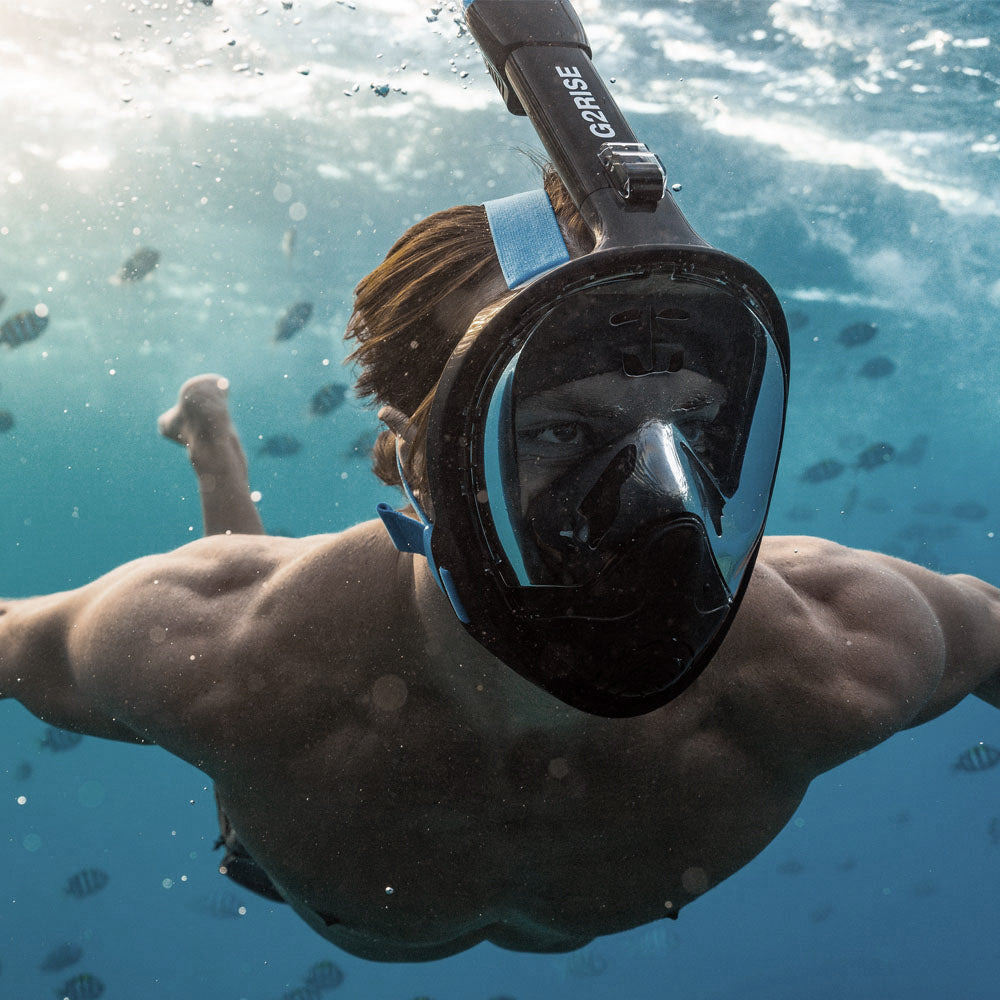
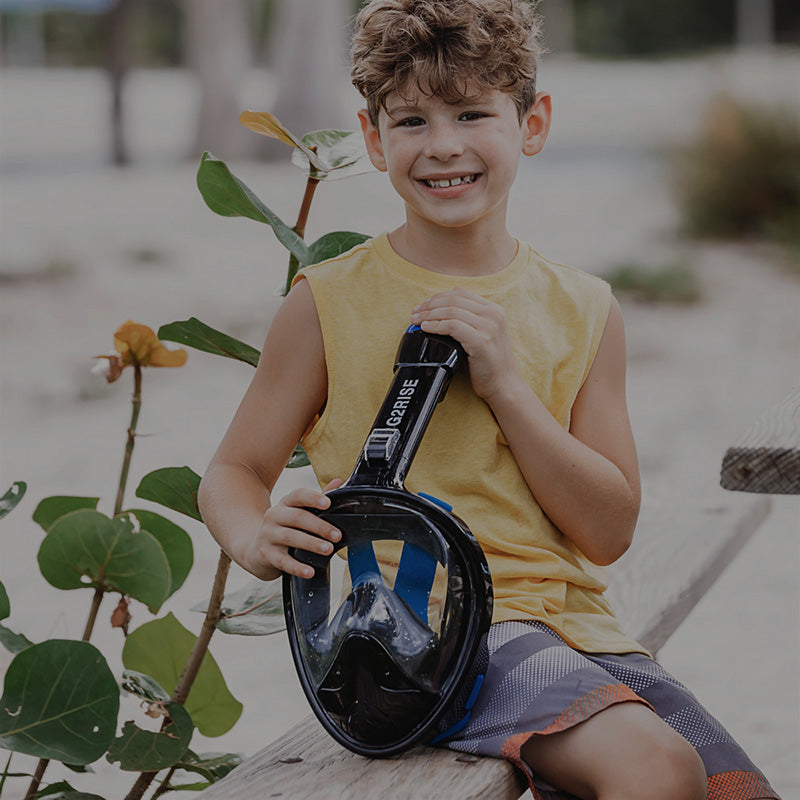
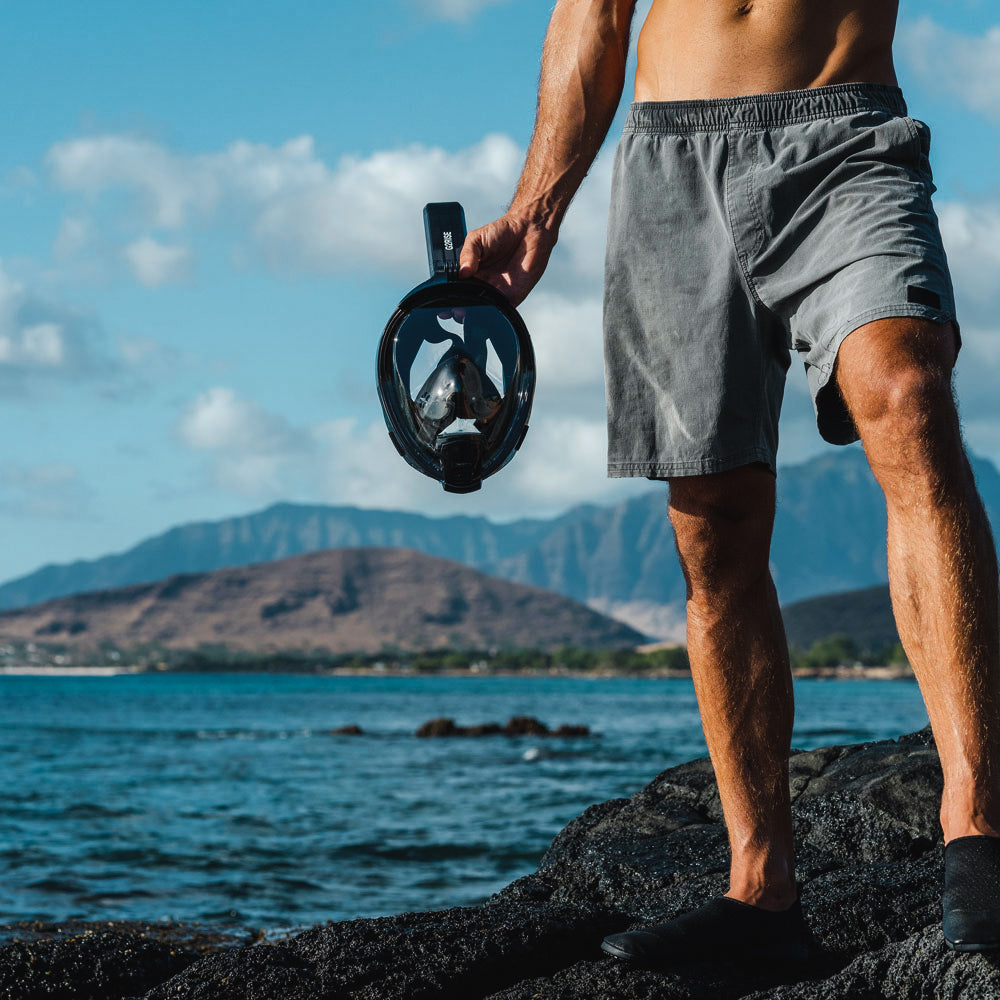
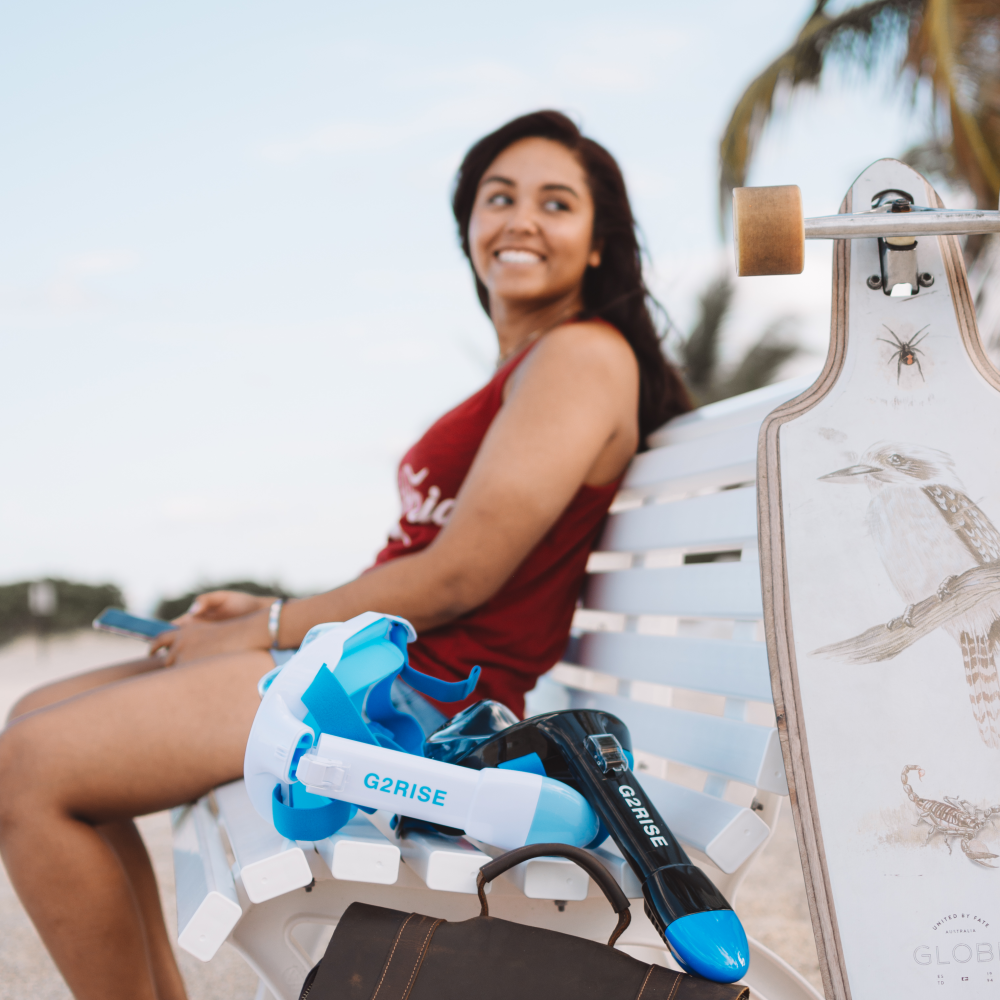
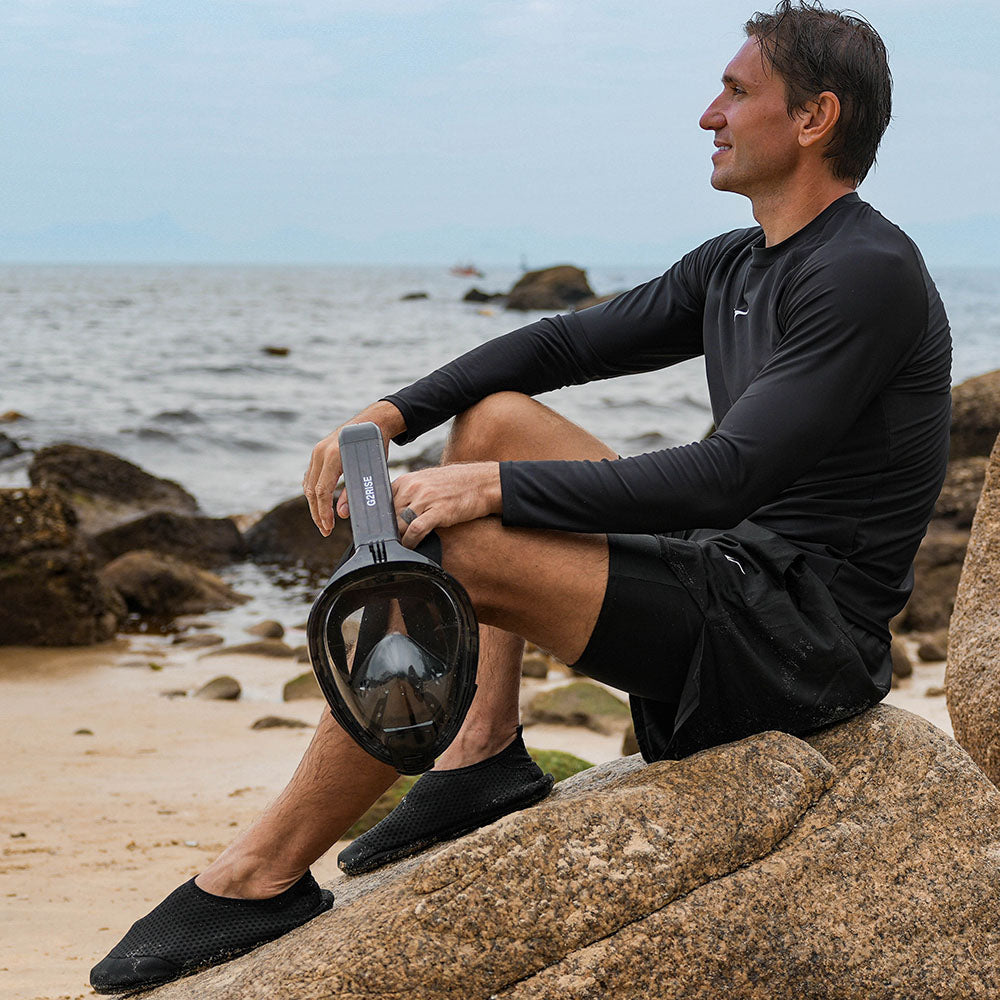

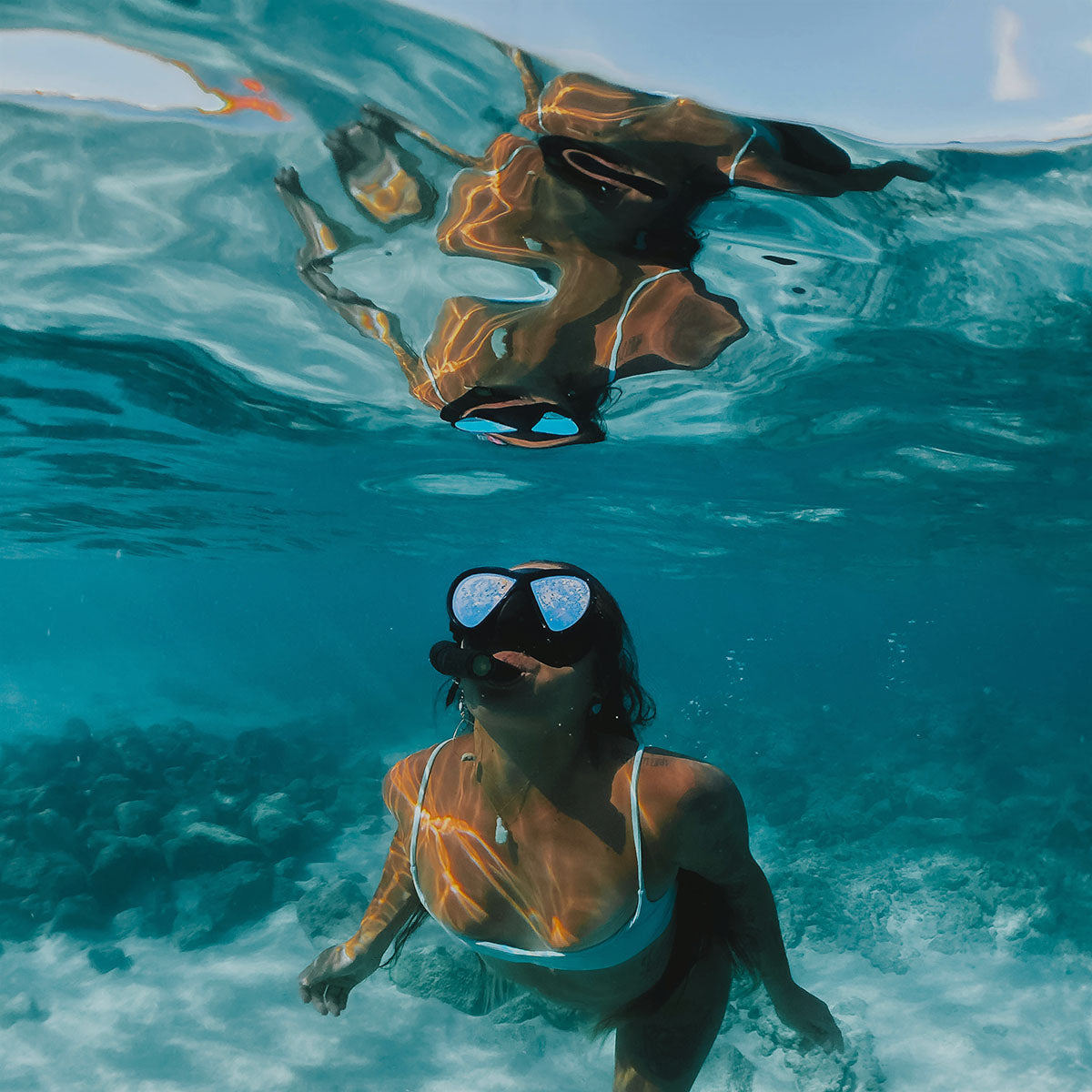
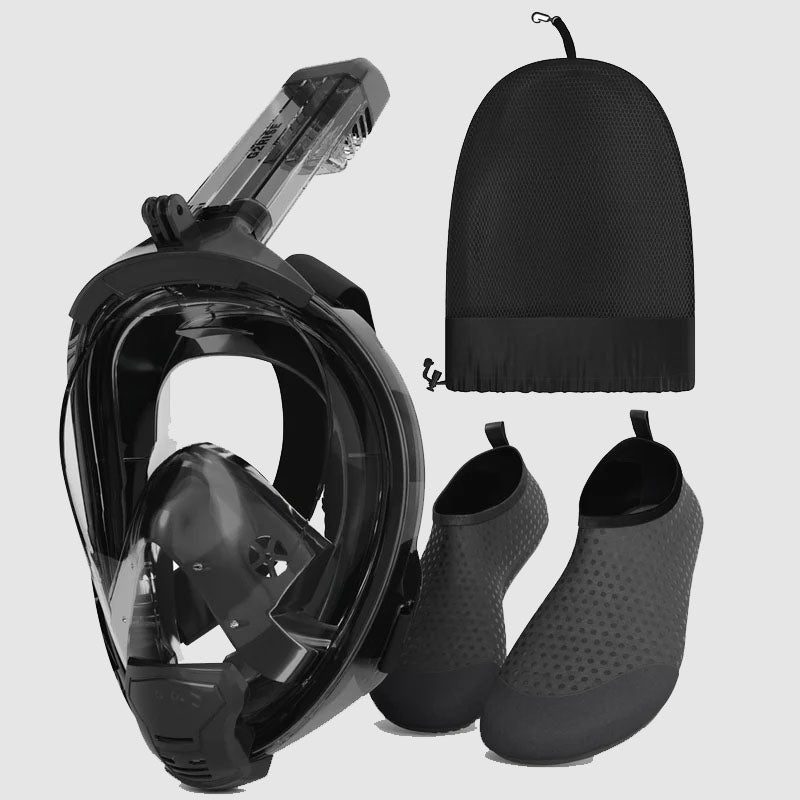

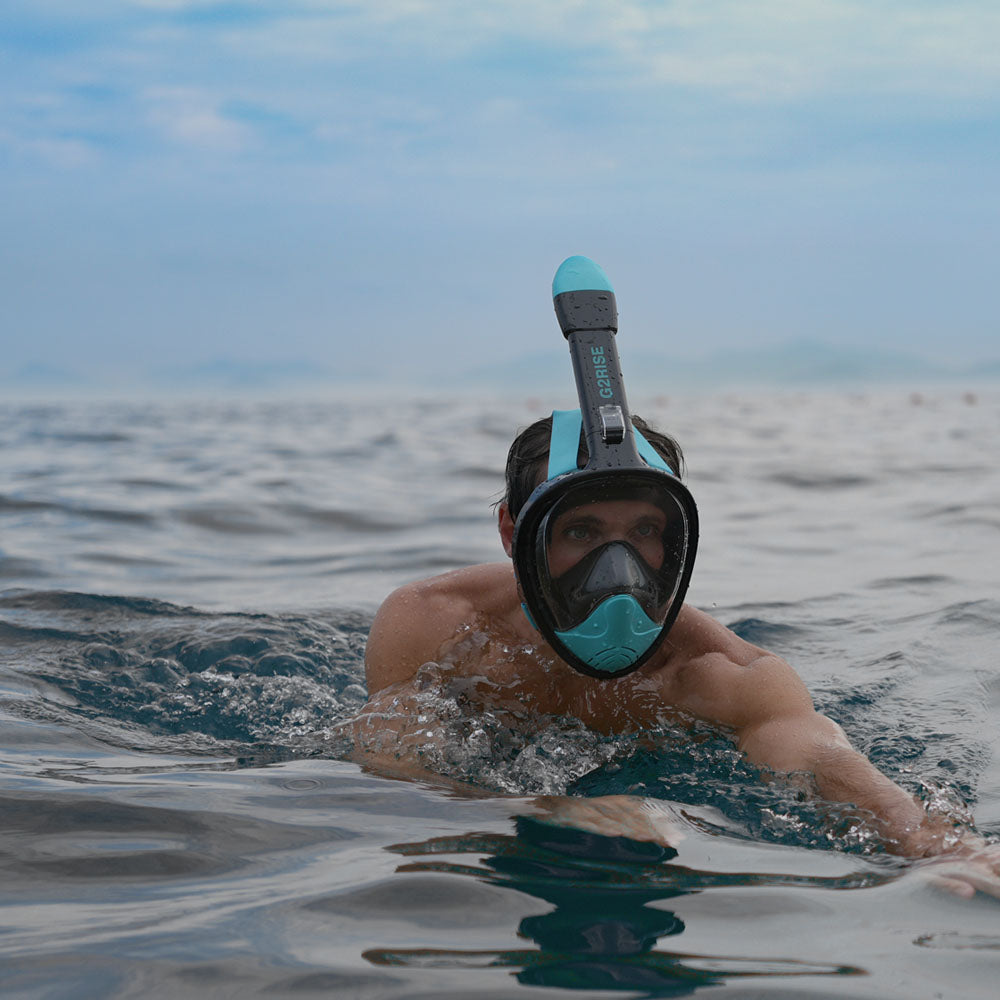
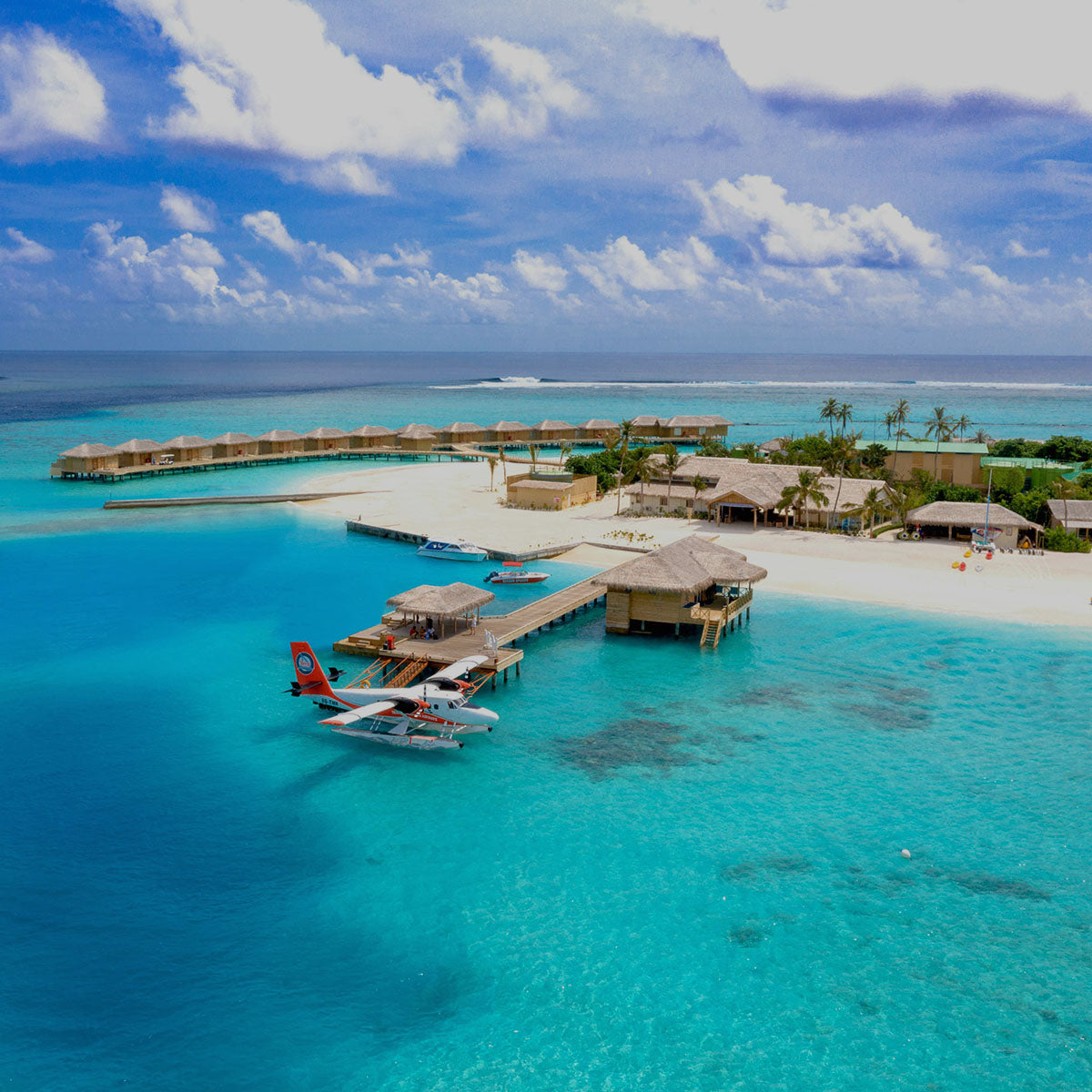
Leave a comment
This site is protected by hCaptcha and the hCaptcha Privacy Policy and Terms of Service apply.